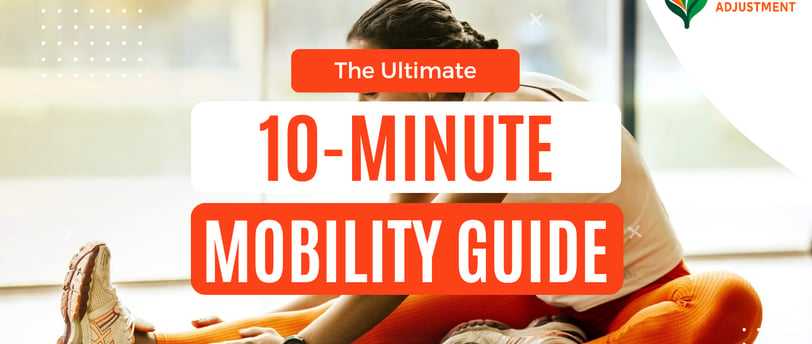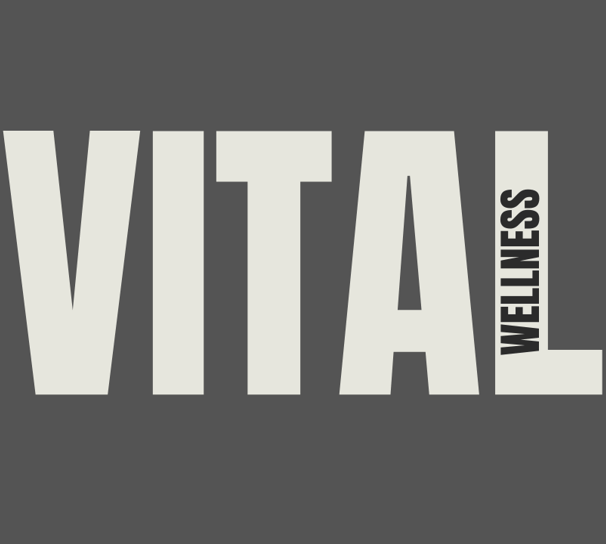The Ultimate 10-Minute Daily Mobility Routine for Beginners in 2025
Discover a simple 10-minute daily mobility routine for beginners to boost flexibility, reduce stiffness, and move better. Step-by-step guide with expert tips.
POSTURE CORRECTIONRECOVERYEXERCISE
6/16/20254 min read


The Ultimate 10-Minute Daily Mobility Routine for Beginners in 2025
Did you know you may lose significant flexibility after age 30, potentially 5-20% per decade, depending on your lifestyle? The good news: a 10-minute daily mobility routine can slow or reverse this. As someone who went from stiff and creaky to moving freely, I’m sharing the routine that transformed my life and helped thousands of clients. This guide is for everyone—beginners, seniors, or anyone who hasn’t exercised in years. No gym, no equipment, just 10 minutes to better movement.
Mobility vs. Flexibility: Why It Matters
Mobility isn’t just flexibility. Flexibility is how far your joints can passively move; mobility is how far you can actively move them with control and strength. For example, you might stretch your leg high (flexibility), but can you kick that high with power (mobility)? Mobility training improves daily tasks like getting out of bed or reaching shelves, reduces pain from compensatory movements, and trains your nervous system to trust your range of motion. Shifting from static stretching to mobility work was a game-changer for me.
The Science of Daily Mobility
Your fascia, the connective tissue around muscles, gets tight without regular movement, like sticky plastic wrap. Daily 10-minute sessions keep it pliable, far more effective than a long weekly stretch. Your nervous system adapts, allowing greater range as it deems movements safe. Dynamic exercises use “reciprocal inhibition,” where contracting one muscle relaxes its opposite, making mobility work more effective than static stretching. Consistency over weeks builds lasting changes.
Your 10-Minute Daily Mobility Routine
This routine hits spine, hips, and shoulders in 10 minutes. Move slowly, never force, and adjust for comfort. Consult a professional for injuries or pregnancy.
Minutes 1-2: Dynamic Warm-up
Arm Circles: 10 forward, 10 backward, like stirring a big pot.
Leg Swings: Hold a wall, swing one leg gently like a pendulum, 10 per side.
Minutes 3-4: Spine Mobility
Cat-Cow Stretch: On hands and knees, arch your back and lift your head (cow), then round your spine and tuck your chin (cat). Do 10 slow reps, moving one vertebra at a time.
Minutes 5-6: Hip Mobility
90/90 Stretch: Sit with both knees at 90 degrees, one leg in front, one to the side. Lean gently toward your front knee, switch sides after 30 seconds. If tough, try standing hip circles.
Minutes 7-8: Shoulder Mobility
Wall Slides: Back against a wall, arms in “goal post” position. Slide arms up and down, keeping contact. Do 10 reps, then 5 slow neck rotations and 5 shoulder blade squeezes.
Minutes 9-10: Integration
Seated Twists: Sit, place one hand behind you, rotate your spine gently, hold for a few breaths, switch sides. End with deep breaths, noticing how your body feels.
Key Mobility Exercises to Master
These moves address common issues:
Cat-Cow Stretch: Eases spinal stiffness. Move slowly, curving your entire spine.
Hip Circles: Stand, hands on hips, make slow circles (5 each way). Targets hip restrictions.
Wall Slides: Fix rounded shoulders. Keep arms against the wall.
Ankle Circles: Sit, rotate each ankle slowly (5 each direction). Reduces calf or back issues.
Neck Rotations: Move slowly, 5 seconds per rotation, to release tension.
Modified Versions: Can’t do the floor? Try standing cat-cow or seated twists. Stop if you feel sharp pain.
Building a Lasting Mobility Habit
Consistency beats motivation:
Morning Timing: Do it first thing, when willpower is high. I roll from bed to my mat.
Start Small: Begin with 3 minutes or one exercise. Build gradually.
Habit Stacking: Pair with a daily task, like brushing teeth. My reward is coffee.
Environment: Keep a mat out or clear a small space.
Track Progress: Mark a calendar with X’s for completed days. Don’t obsess over misses.
Common Mistakes to Avoid
Steer clear of:
Overdoing It: Work at 60% intensity—discomfort is okay, pain isn’t.
Focusing on One Area: Balance your routine to avoid imbalances.
Skipping Busy Days: A 3-minute routine is better than nothing.
Comparing to Others: Your progress is unique—ignore social media.
Expecting Fast Results: Changes take weeks. Focus on feeling better.
Adapting for Your Lifestyle
Tailor the routine:
Desk Workers: Emphasize hip flexor stretches and upper back mobility.
Seniors: Use chairs for stability—seated twists or supported hip circles.
Pregnancy: Avoid lying flat after the first trimester; use seated stretches (consult your doctor).
Post-Injury: Stick to pain-free movements with professional guidance.
Travel: Do ankle circles in bed, wall slides on doors.
Office: Try “stealth stretches” like seated twists.
Tools to Enhance Your Practice
You don’t need much:
Yoga Block/Strap: Blocks bring the floor closer; straps help hamstrings. Use books or towels instead.
Foam Roller/Massage Ball: Roll slowly (30-60 seconds). A lacrosse ball is great for feet.
Space: A corner with a mat reduces excuses.
Apps/Videos: Simple YouTube videos work best.
Measuring Progress and Staying Motivated
Progress isn’t always visible—focus on how you feel:
Assess Daily Tasks: Easier to reach shelves or get up? These matter.
Set Realistic Goals: Expect plateaus; improvements come in waves.
Find Accountability: Text a friend to check in.
Celebrate Wins: Note less stiffness or better energy.
Break Plateaus: Switch exercises or timing if stuck.
Conclusion
This 10-minute mobility routine can transform how you move. Start tomorrow with three exercises, five minutes, and build from there. Consistency is your superpower—your body will reward you with less pain and more freedom. Clear a space, set a timer, and take the first step today.
Subscribe for our free Morning Mobility Checklist
Subscribe and we will send you our free 5–10 minute mobility routine designed to:
Loosen tight muscles from sleeping or sitting
Reduce neck, shoulder, and low back tension
Improve posture and spinal alignment
Boost your energy and focus — naturally
Simple, chiropractor-approved stretches (no gym required)
Built-in guidance: “How, Why, and Reps” for every move
Weekly health tips from the Vital Wellness Weekly newsletter enter your email below!


“We built this for busy people like us who want to move with purpose, not pain. You don’t need an hour or a yoga mat — just 5 minutes and a little consistency.”
- The Vital Adjustment Team
Vital Adjustment
Disclaimer
Vital Adjustment is not a healthcare facility. No doctor -patient relationship is formed as a result of using our website, resources or templates. All information is strictly for information and educational purposes only. If you need specific healthcare advice, you should contact your primary care.
NEWSLETTER
© 2025. All rights reserved.
Click here to be redirected to our newsletter Vital Wellness Weekly. Where we dive deeper on topics we discus in our blog and podcast.
